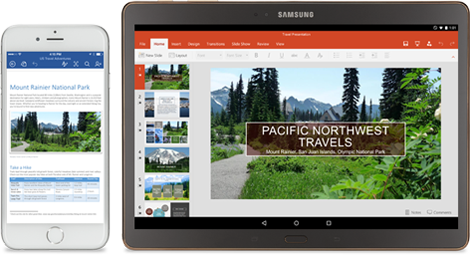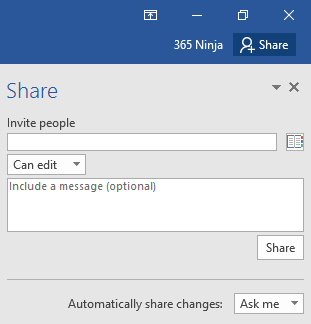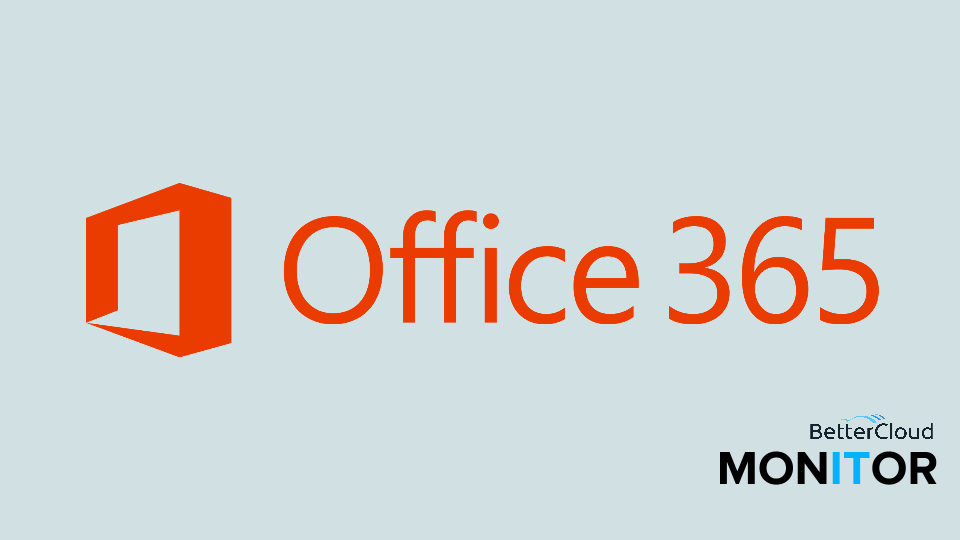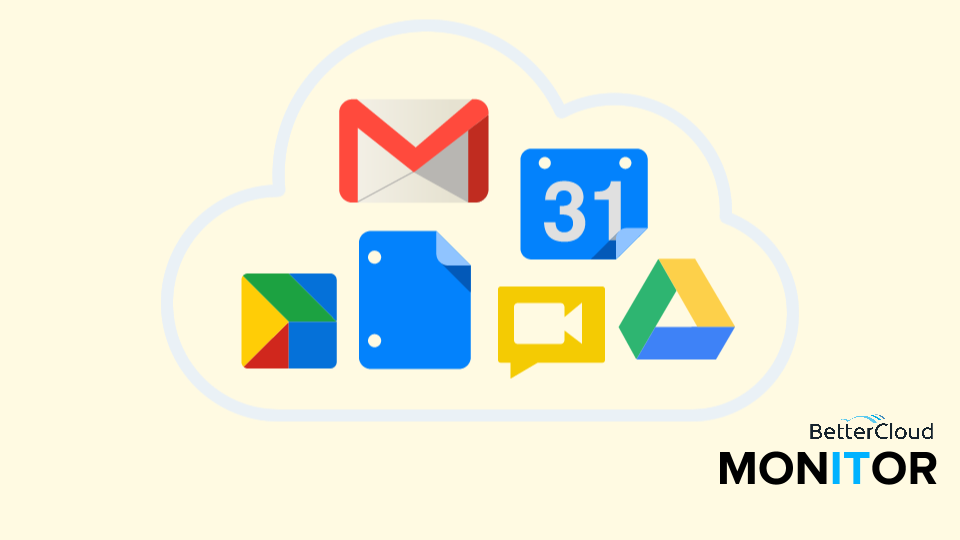Office 2016: What You Need to Know
4 minute read

Office 2016 is here! What do you need to know about this release?
The Office blog summed it up like this:
This marks a milestone in delivering new value for Office 365 subscribers with a focus on collaboration, apps that work for you, a perfect pairing with Windows 10, and security features businesses will love. It also marks a new model for delivery, where subscribers can expect to get more frequent updates with new features and improvements. Along with Office 2016 for Windows, today we are also releasing Office 2016 for Mac as a one-time purchase option, along with several new and enhanced Office 365 services.
We’ve posted a bit already in anticipation of Office 2016, but now that it’s out, here’s what you need to know:
Upgrading will happen differently depending on your type of account.
If you’re wondering how to actually get Office 2016, you’re not alone. Office 365 for Business customers can go here to learn how to upgrade, and Home, Personal, or University users can find instructions here. Installing Office 2016 will remove any previous versions of Office on your computer. If you bought Office 2013 as a stand-alone purchase, there’s no upgrade option–you’ll need to buy Office 2016 for one-time use like you did for Office 2013, or you can subscribe to Office 365.
If you’re a Business user, it may be a little more complicated than just pressing the Install button. Here’s what Microsoft tells us about Office 365 for Business upgrades to Office 2016:
- If you want to install immediately, you can follow the instructions in the link above. (However, you might not have that option available to you, like if you have Office 365 ProPlus. Not sure? Check here.)
- If updates are managed by admins, end users don’t need to take any actions.
- If you get automatic upgrades, when your upgrade is ready, you’ll see “a notification that appears on the menu bar in one of your Office applications (for example, Word, Excel, PowerPoint, or OneNote).” At that point you can follow the simple install instructions.
What do Office 365 for Business admins need to know?
- While 2016 is broadly available now, your plan might not have it. If you’re a volume licensing customer, you can download 2016 from the Volume Licensing Service Center starting October 1st. If you’re on ProPlus, your plan will be part of the new Current Branch update model, which is explained in depth here on TechNet.
- If you’re on ProPlus, review these system requirements and more information. The first Current Branch for Business release that includes Office 2016 won’t be available until February, and will include the same Office 2016 feature set that was released broadly on September 22nd.
- Make sure your users have the right plan or subscription to upgrade. If not, you can buy licenses or assign or remove licenses for your users.
Collaboration will be a lot easier.
Collaborative tools have been simplified in Office 2016.
The awesome real-time collaboration available in Word Online (and other web apps) has now come to the desktop apps! Well, almost–it’s available in Word 2016 for now and the Office team has committed to expanding it to Excel 2016, PowerPoint 2016, and so on.
Skype for Business is now also built in to Office 2016 apps. So when you share a document or file with others, you’ll be able to easily communicate via IM right in your doc.
Sharing has become a lot easier in general. There’s a one-click Share button in every 2016 application, which keeps collaboration at your fingertips. Outlook 2016 also allows you to attach files from OneDrive for Business and configure permissions without leaving the application.
New bells & whistles will impress.
The Tell Me feature in every application. New modern Excel charts. Smart Lookup. The list goes on.
Office 2016 doesn’t lack fun and functional features that will impress new users while also enhancing their productivity and business processes. While something like GigJam may feel like a futuristic new toy right now, it’s clear that it could end up having an important role in the workplace. And we can all be grateful that Microsoft introduced these new bells and whistles without removing any important tools that we’ve come to rely on.
Office 2016 works well on Windows 10, but cross-platform too.
It’s clear that Office 2016 was designed with Windows 10 in mind, but not everyone will be able to upgrade to both new releases at the same time. Microsoft has committed to cross-platform availability of their products, so if you primarily use Office on mobile or you haven’t moved to Windows 10 yet, you’ll still be able to take advantage of many features.
On Windows 10, you’ll be able to enjoy things like Windows Hello, Cortana, and Sway, new features that integrate with Office to make the entire experience feel modern and streamlined.
Overall, Office 2016 is ready for us to jump in. Have you tried it yet? What do you think?








